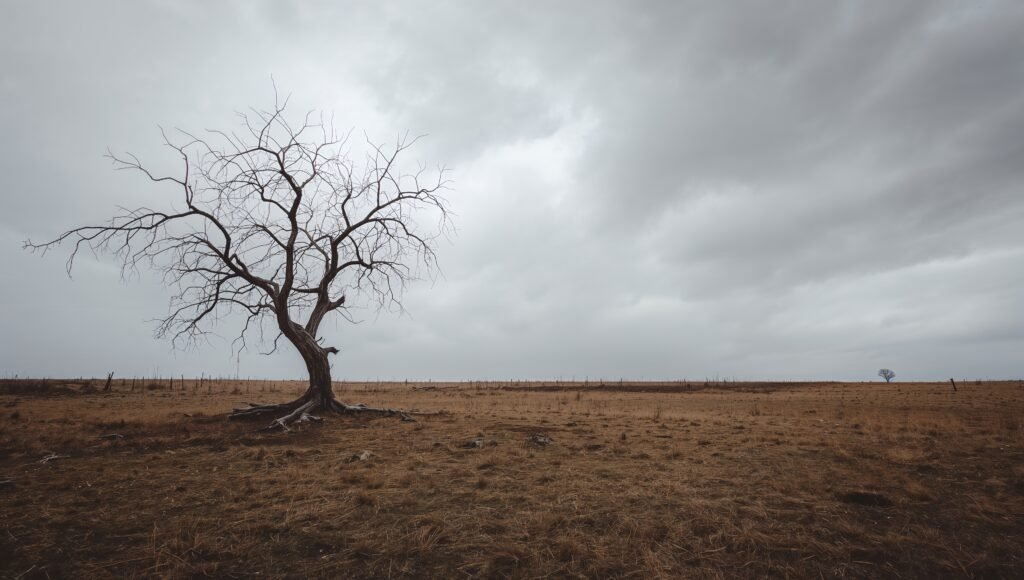The Paradox of Connected Loneliness
The notification sound echoes through your empty apartment at 11:47 PM – another friend posting vacation photos with people you don’t recognize, laughing faces pressed together in golden sunlight while you sit in the blue glow of your phone screen, simultaneously connected to millions of strangers and utterly alone with the terrifying thought that someday you might leave this world the same way you’re living in it: surrounded by noise but heard by no one.
Human beings exist in a paradox of their own making, desperately fearing the solitude of death while actively constructing walls around themselves in life. We build elaborate social media profiles to prove our existence to an audience of acquaintances, curating highlight reels of connection while the actual experience of our days unfolds in silence. The fear of dying alone drives us to accumulate followers and friends lists and contact numbers, but the quality of aloneness remains unchanged by quantity of connections.
The modern world has made isolation easier than intimacy. We can order food without speaking to a human, work from home without colleagues, shop without cashiers, date without meeting. Each convenience removes another opportunity for the small frictions that create real relationships – the awkward conversations with neighbors, the forced pleasantries with shopkeepers, the random encounters that sometimes bloom into friendship. Efficiency has made us efficient at avoiding each other.
The Comfort Zone Becomes a Tomb
Social anxiety masquerades as self-sufficiency, fear of rejection disguised as preference for solitude. It becomes easier to decline invitations than risk the vulnerability of wanting to belong. Easier to stay home than chance the possibility of being misunderstood, overlooked, or found lacking. The comfort zone contracts until it becomes a tomb of convenience, furnished with all the entertainment and distraction needed to forget that humans are not designed to exist in permanent isolation.
The screens that promise connection deliver its opposite – a simulation of intimacy that satisfies just enough to reduce the motivation for real encounter. Virtual relationships provide the illusion of knowing and being known without the inconvenience of actual presence. You can maintain the appearance of social connection while avoiding all the messy complexities that make relationships genuine – the need to compromise, to show up when you don’t feel like it, to be seen when you’re not at your best.
Loneliness becomes a habit like any other, a familiar discomfort that starts to feel safer than the unknown territory of genuine connection. The muscle for reaching out atrophies from disuse. Phone numbers sit unused in contacts lists, invitations go unextended, conversations remain at surface level because going deeper requires practice we’ve forgotten how to do. The skills for making and maintaining friendships rust from neglect while the fear of dying alone grows stronger with each passing year.
Practicing for the End We Fear
The death we fear is not really about the physical act of dying but about the recognition that we lived without being truly known, that we constructed such effective barriers around ourselves that no one could find their way in when it mattered. The terror is not of the final moment but of the realization that we spent our lives rehearsing for solitude, becoming so good at being alone that we forgot how to be with others.
Yet the same technology that enables isolation could theoretically facilitate connection. The same systems that deliver food and entertainment could deliver community if we wanted them to. The barrier is not technological but psychological – the accumulated fear, the practiced withdrawal, the comfortable numbness that makes reaching out feel more dangerous than staying isolated. We have become experts at being alone while remaining amateurs at being together.
The irony deepens when you realize that everyone else is doing exactly the same thing – sitting in their own apartments, scrolling through the same feeds, harboring the same fears about dying alone while actively choosing isolation. We are a generation of hermits, each believing we are the only one who struggles with connection, each waiting for someone else to make the first move while making ourselves increasingly unreachable.
The apartments around you are filled with people living variations of the same story – ordering takeout instead of cooking with friends, binge-watching shows instead of having conversations, liking posts instead of making phone calls. The city becomes a honeycomb of isolated cells, each one containing someone who fears dying alone while living in a way that makes that outcome increasingly likely. The very lifestyle that promises freedom and independence trains us for the exact scenario we most dread.
Perhaps the fear of dying alone is not really about death at all but about the growing recognition that we are already alone, that we have been practicing for it our entire adult lives. The skills we need for connection – vulnerability, presence, the ability to tolerate discomfort in service of intimacy – have been systematically replaced by the skills of isolation. We fear dying alone because we have forgotten how to live any other way, and the distance between where we are and where we want to be when our time comes feels impossible to cross.

Share Your Reflection
Your insights enrich our collective understanding. What thoughts does this spark in your mind?